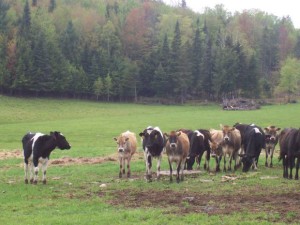You’ve been lying awake at night wondering what affirmatively furthering fair housing (AFFH) will mean in Vermont, right?
Just kidding. If AFFH isn’t on the tip of your tongue yet, we understand. It is, however, an important part of the public policy lexicon, so you might as well start getting used to it. Ted Wimpey’s op-ed in today’s Times Argus is a nice entry point.
Among other things AFFH will afford a fresh look at fair housing choice in Vermont, drawing from data that HUD will provide. This will take the form of “assessment” reports – to be done for Burlington (a federal grant area in its own right) and for the state as a whole.
Chances are, the findings in these reports won’t come as a huge surprise. Consider the “State of Vermont’s “Analysis of Impediments to Fair Housing Choice,” completed in 2012.
That report addressed, among other things, racial residential patterns. According to the 2010 census, Vermont was 95.3 percent white. Blacks accounted for 1 percent of the 2010 population; Asians, 1.3 percent; and Hispanic residents, 1.5 percent. That analysis defined areas of concentration as double those levels. So, in the case of African Americans, there were 22 census tracts where the percentage of African Americans was 2 percent or higher, five of which were in Burlington.
Compared to concentrations in other, more urban states, Vermont’s numbers are quite low. Still, as Vermont’s draws increasing numbers of people of color, these numbers – and the patterns of concentration – bear watching, and it will be interesting to see how they play out in the coming AFFH assessment.
